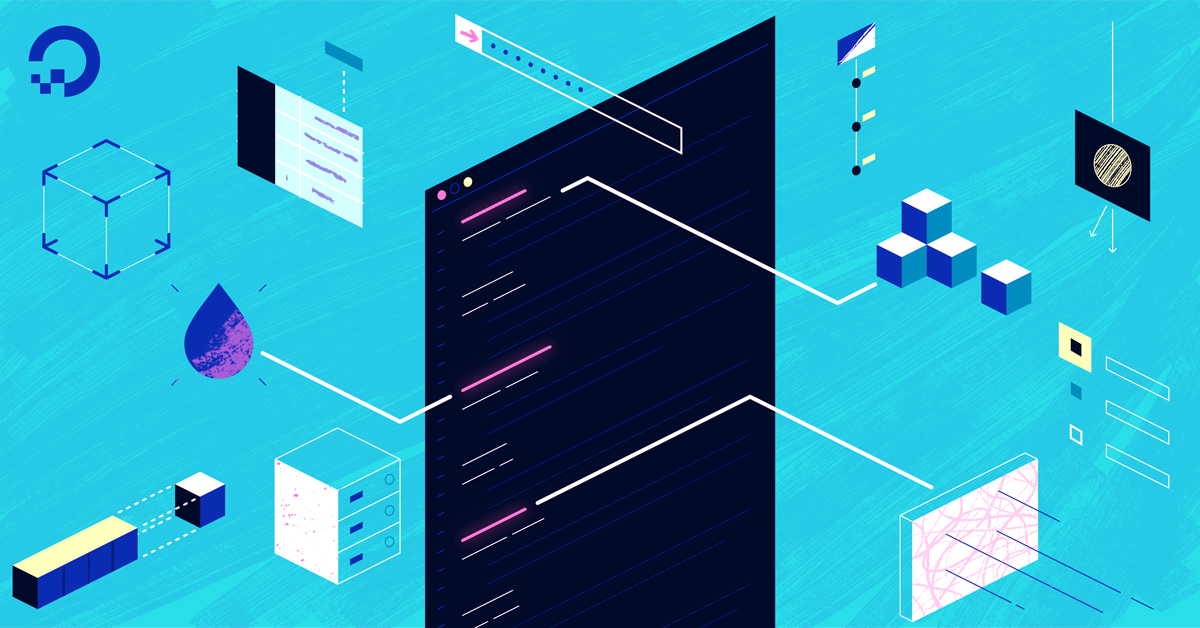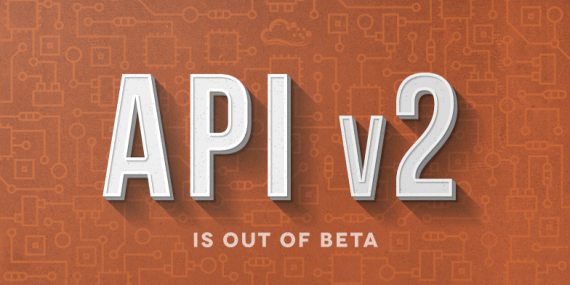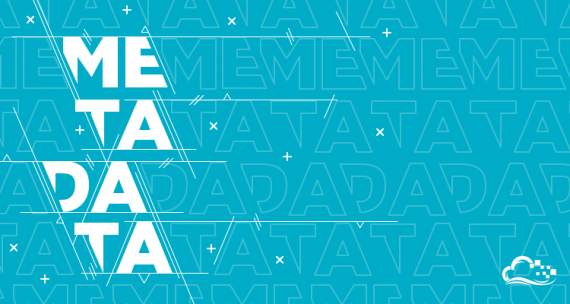Представляем спецификацию OpenAPI DigitalOcean

Когда v2 нашего API впервые стала общедоступной в апреле 2015 года, она в основном состояла из функций, поддерживающих дроплеты и домены. С тех пор портфель продуктов DigitalOcean расширился, и вместе с ним значительно расширилась и площадь нашего API. Сегодня наш API поддерживает платформу приложений, базы данных, брандмауэры, Kubernetes, балансировщики нагрузки и многое другое. Предоставляя более 200 операций, наш API позволяет вам делать практически все, что вы можете делать в нашей панели управления программно.
Не отставать от всех этих изменений может быть непросто. Вот почему мы рады объявить о выпуске нового инструмента, который придаст вам уверенности при разработке с использованием нашего API: спецификации DigitalOcean OpenAPI.
Что такое OpenAPI?
OpenAPI — это открытый стандарт для описания API под эгидой OpenAPI Initiative. Сама спецификация гласит:
- Спецификация OpenAPI (OAS) определяет стандартный, не зависящий от языка интерфейс для RESTful API, который позволяет людям и компьютерам обнаруживать и понимать возможности службы без доступа к исходному коду, документации или через проверку сетевого трафика. При правильном определении потребитель может понимать удаленную службу и взаимодействовать с ней с минимальным объемом логики реализации.
- Затем определение OpenAPI может использоваться инструментами создания документации для отображения API, инструментами генерации кода для генерации серверов и клиентов на различных языках программирования, инструментами тестирования и многими другими вариантами использования.
www.openapis.org/
spec.openapis.org/oas/v3.0.3#introduction
Открытый источник
Исходные файлы для нашей спецификации теперь доступны на GitHub. Репозиторий также включает инструменты для работы с файлами. Например, чтобы проверить репозиторий и скомпилировать спецификацию в один файл, запустите:
github.com/digitalocean/openapi
git clone https://github.com/digitalocean/openapi.gitcd openapi/make bundle
